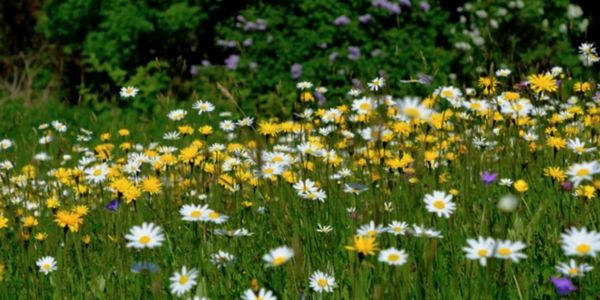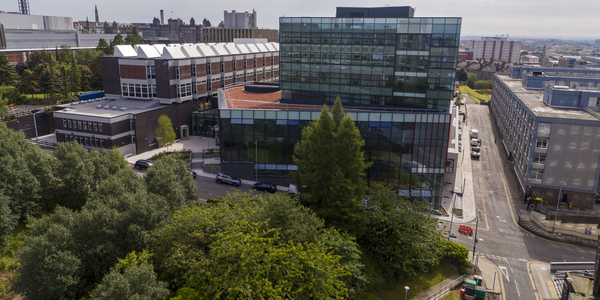The impacts of climate change are felt on every level of society. Therefore, as one of Scotland’s largest academic institutions, Strathclyde has a responsibility to its staff, students, local community and environment to safeguard people and wildlife from the coming severe impacts of climate change.
Even over the last 45 years, significant trends have been identified in Scotland:
- average rainfall has increased by 21%
- maximum temperatures have increased on average by 1.2oC
- the number of average annual heatwave days has risen by six
- snow days have also increased by 32%
This poses risks on several levels. Public health could be impacted through events such as floods and extended periods of hot weather. Infrastructure could be damaged and disrupted. Existing economic and social issues could be made worse.
At Strathclyde, we are adapting to this in several ways.



.jpg)